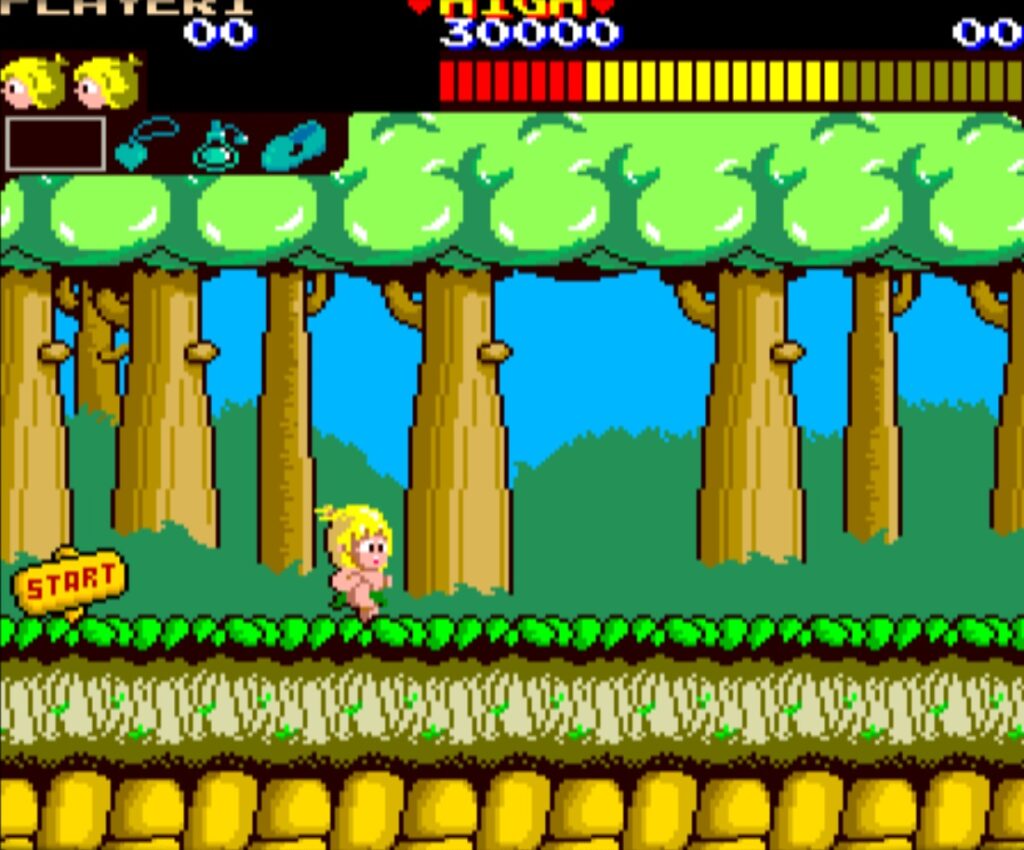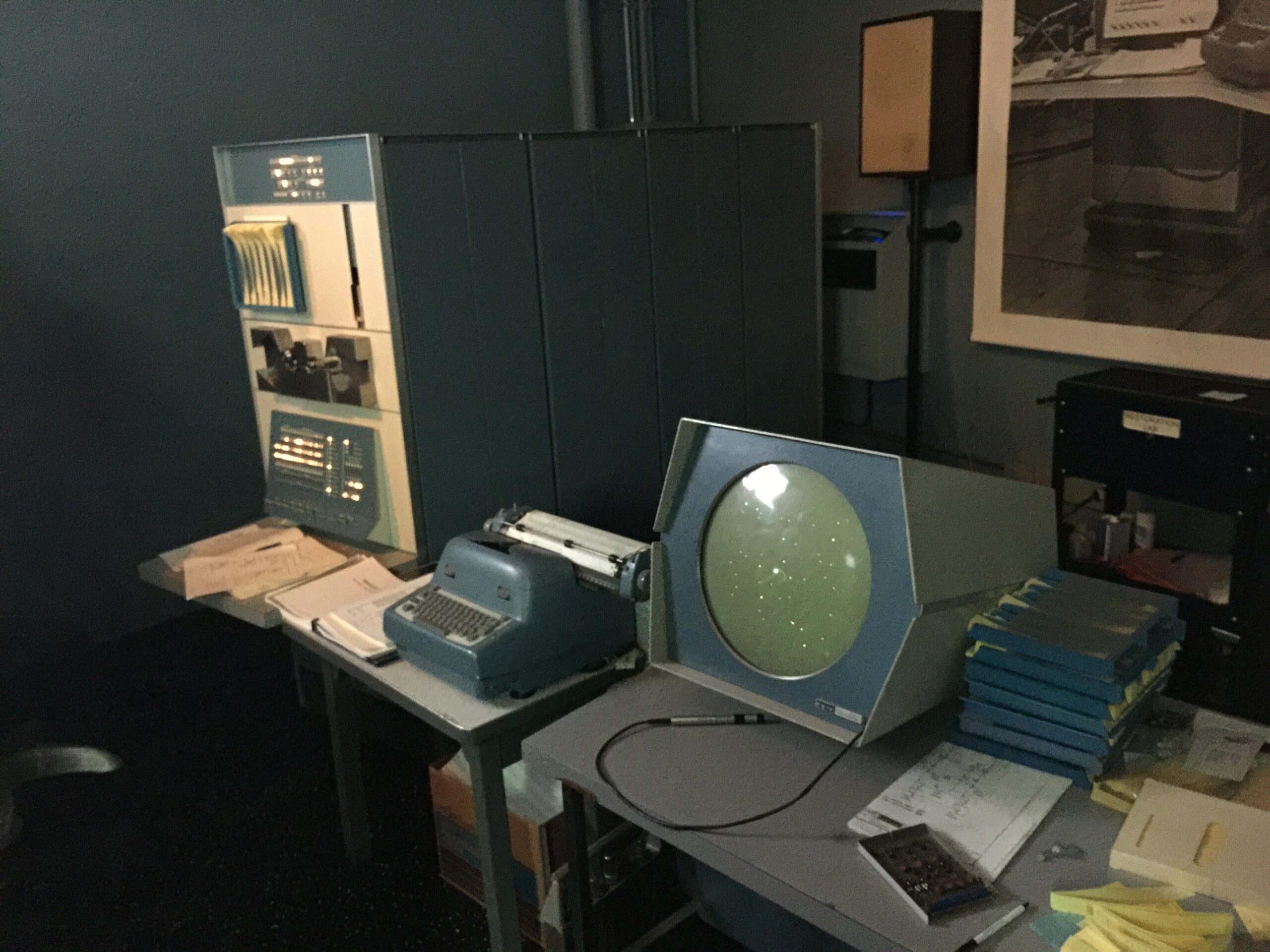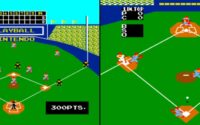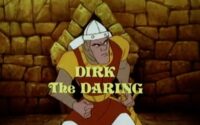The Enduring Charm of Wonder Boy: A Gaming Legacy
In the gaming world’s thrilling time capsule of 1986, a remarkable legend emerged – the Wonder Boy saga. Picture yourself in the shoes of Tom-Tom, a daring adventurer on a mission to rescue his beloved Tina. This wasn’t just any game; it was a dynamic side-scrolling platformer bursting with vivid graphics, heart-pounding gameplay, and levels that dared you to conquer them. As the arcade lights dimmed, Wonder Boy burst onto the scene, captivating players and igniting a gaming revolution.

The success of Wonder Boy led to a series of sequels and spin-offs, each adding new elements to the franchise. “Wonder Boy in Monster Land” (1987) introduced RPG elements, a departure from the original’s straightforward platforming. This sequel offered players an engaging storyline, character upgrades, and a diverse array of enemies and bosses. “Wonder Boy III: The Dragon’s Trap” (1989) continued this evolution, with its intricate level design, transformative power-ups, and a compelling narrative. It’s often cited as the pinnacle of the series, celebrated for its depth and innovation. “Wonder Boy in Monster World” (1991) and “Monster World IV” (1994), though less known, maintained the series’ high standards, offering expansive worlds and intricate gameplay.
Wonder Boy was not just a gameplay pioneer but also a technical innovator. Its colourful graphics and smooth animation were ahead of their time, setting a high bar for subsequent platformers. The artistic direction, with its whimsical, cartoon-like characters, provided a unique aesthetic that became a signature of the series. The series left an indelible mark on the gaming industry. Its blend of platforming and RPG elements in the later releases influenced numerous games that followed. The series also showcased the potential of video game storytelling, with each instalment building upon its predecessors’ lore. Moreover, Wonder Boy played a significant role in popularizing the genre of adventure platformers, inspiring generations of game developers.
Despite its success, the Wonder Boy series faced challenges. The most notable was the issue of branding and intellectual property. The games were released under different names in various regions, leading to confusion among players. Additionally, licensing issues prevented some titles from being re-released or remastered for modern platforms. One of the most notable of which was due to licensing issues with Sega when Hudson Soft ported the game to the Nintendo Entertainment System (NES). On the NES it was renamed “Adventure Island.” Wonder Boy was originally developed by a company called Escape (later known as Westone Bit Entertainment). While they developed the game, the rights to the Wonder Boy name and character were owned by Sega, as Sega had commissioned the game for its arcade systems and home console, the Sega Master System.
Hudson Soft, a third party developer and publisher, interested in the game’s concept, approached Escape for permission to port the game to other platforms. Since Sega owned the rights to the Wonder Boy title and character but not the underlying game mechanics and level designs, Escape was able to grant this permission. Because Hudson Soft could not use the “Wonder Boy” name or the game’s original character (owned by Sega), they had to rename the game and change its main character for the versions they published. This led to the birth of Adventure Island and its protagonist, Master Higgins. Despite these changes, the core gameplay and level designs remained similar to the original Wonder Boy. This situation created a unique scenario where essentially the same game was known by different names and featured different characters, depending on the platform and publisher. “Wonder Boy” continued under Sega, while “Adventure Island” became its own successful series under Hudson Soft.
In recent years, there has been a resurgence of interest in the “Wonder Boy” series. Remakes like “Wonder Boy: The Dragon’s Trap” (2017) and new titles like “Monster Boy and the Cursed Kingdom” (2018) have introduced the series to a new generation of gamers. These modern interpretations remain true to the original’s spirit while updating the graphics and gameplay for contemporary audiences.
The Wonder Boy series has cultivated a passionate fan base. Online communities and fan sites share strategies, fan art, and memories of playing the games. The series’ return has been met with enthusiasm, proving its enduring appeal. It represents a significant chapter in video game history. Its innovative gameplay, memorable characters, and enduring charm have secured its place in the hearts of gamers worldwide. As new titles and remakes continue to be developed, the legacy of Wonder Boy lives on, reminding us of the series’ contribution to the evolution of the gaming industry.
Wonder Boy is more than just a series of games; it’s a testament to the creativity and innovation that drives the gaming world. Its journey from arcade hit to cult classic and its recent revival encapsulates the ever-changing landscape of video games, highlighting the industry’s ability to reinvent and rejuvenate beloved classics for new audiences. As we look forward to future installments and remakes, the Wonder Boy series remains a shining example of gaming’s potential to entertain, inspire, and endure.




